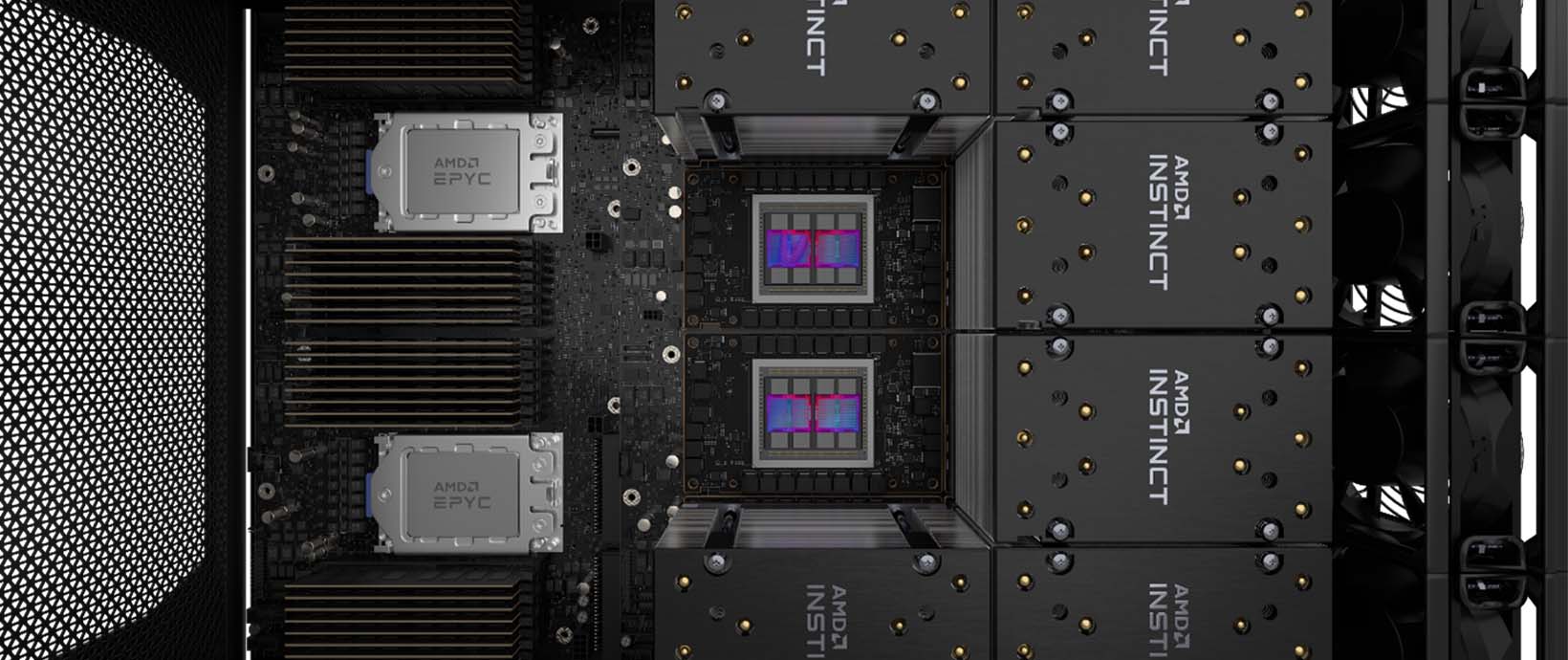Virtual Battery Models: A New Technique for Assessing Battery Management System Performance

This guest contribution on Innovation Intelligence is written by Paul Goossens, Vice President of Engineering Solutions at Maplesoft. Maplesoft provides engineers with tools to enable a model-driven innovation process that helps manage design complexity. Maplesoft’s Maple and MapleSim software are available through the Altair Partner Alliance.
With modern technological advancements, battery systems are growing larger and more complex. When developing Battery Management Systems (BMS) for these products, it is important to consider ways to minimize charge times, while maximizing energy efficiency and battery life. An effective method for carrying out BMS tests is with the use of virtual batteries; mathematical models of battery cells that mimic the behaviour of the real thing. These models are a cost- and time-efficient alternative that accurately achieves real-time performance.
A new technique was recently developed that provides real-time performance while almost completely maintaining the accuracy of full physics models. This method uses electrochemistry-based battery models that include the details of the underlying physics in the reaction between the electrodes and electrolytes. These are accurate predictors of the overall charge/discharge characteristics of a cell, and can be represented by a system of partial differential equations (PDE). A rigorous partial differential equation discretization technique simplifies the model to a set of ordinary differential equations (ODE) that can be solved by system-level tools like MapleSim, resulting in code that is fast and real-time capable. This technology allows implementation of battery models that predict charge/discharge rates, state of charge (SoC), heat generation and state of health (SoH) through a wide range of loading cycles within complex, multi-domain system models.
As a battery ages, a key factor in performance-degradation is the formation of the Solid Electrolyte Interface (SEI) between the electrodes and the electrolytes. Growth of the SEI is dependent on the number and depth of charge/discharge cycles, applied current, time in storage, temperature, and manufacturing variances. If all cells are treated equally by the BMS, quicker SEI growth in one cell over another can lead to differences in depth of discharge (DOD), increasing the likelihood of failure. In order to factor the SoH into the battery models, these properties are implemented in the MapleSim Battery Library as parameters and look-up tables.
Recently, we created a test system for BMS development for a large manufacturer of energy storage systems (ESS) using battery modeling. Each battery in the system is made of several “stacks” that each contains several cells. The MapleSim battery model follows this structure with each cell being a shared, fully parameterized subsystem. Additionally, each cell can be switched to open circuit using logical parameters. Average cell response was determined using the parameter-estimation tool which uses optimization techniques to determine the values of cell-response parameters that provide the closest “fit” to the experimental results. This was then validated against response data from other cells to ensure close estimation of the resulting model.
For this process, we implemented SoH behavior as a look-up table based on experimental results. The model determines the capacity and internal resistance based on the number of charge/discharge cycles and depth of discharge (DOD) from the lookup. Variation of cell behavior was implemented using random variants generated from the statistical distribution determined by the charge/discharge results from testing 48 cells. This was applied to all 144 cells in the model and compared with the real test results. The maximum variance of the voltage from the experimental data was 14mV, while from the simulation it was 13mV.
Finally, the model was converted to ANSI-C through the MapleSim Connector. This produces an S-function of the battery model that can be tested for performance and accuracy with a fixed-step solver on a desktop computer in MATLAB/Simulink™ before moving it to a real-time platform. The performance bench showed that average execution time was approximately 20 times faster than real-time, occupying 5.5% of the real-time system time budget, meaning the battery model can be easily scaled up if required.
The testing station provides the engineer with the ability to configure the battery model and apply a range of tests to it. The engineer can go back to the model at any time to make necessary changes to the model configuration and generate the model for use on the real-time platform. For testing ESS battery management systems, the use of battery modeling is an effective and efficient alternative to the use of real batteries.





